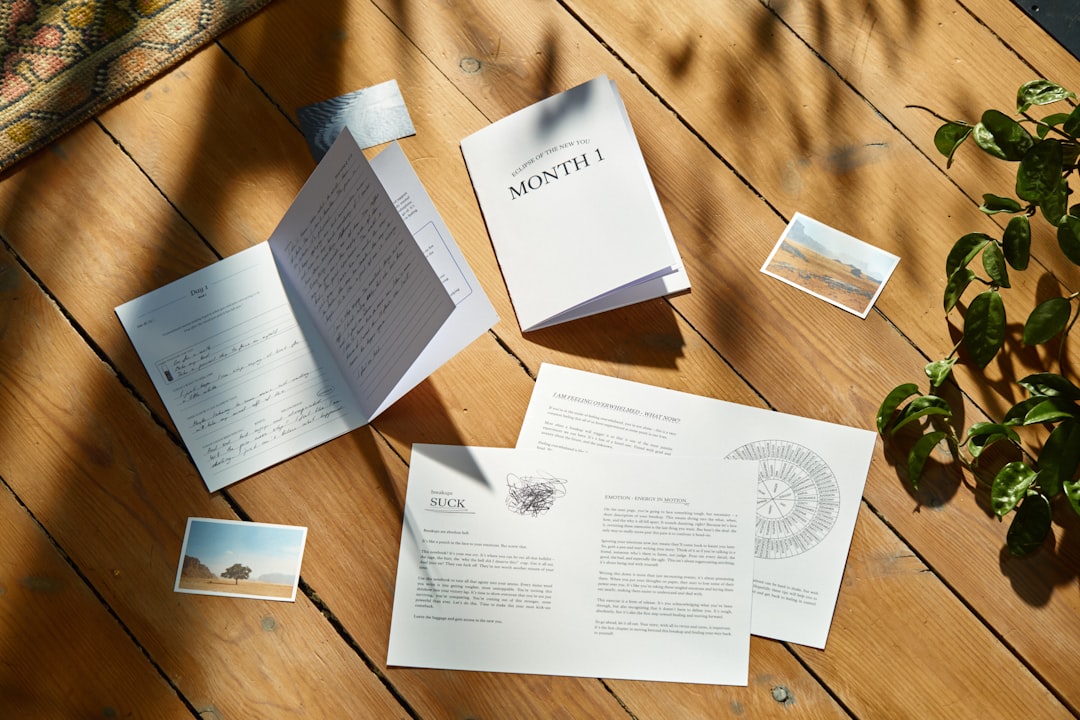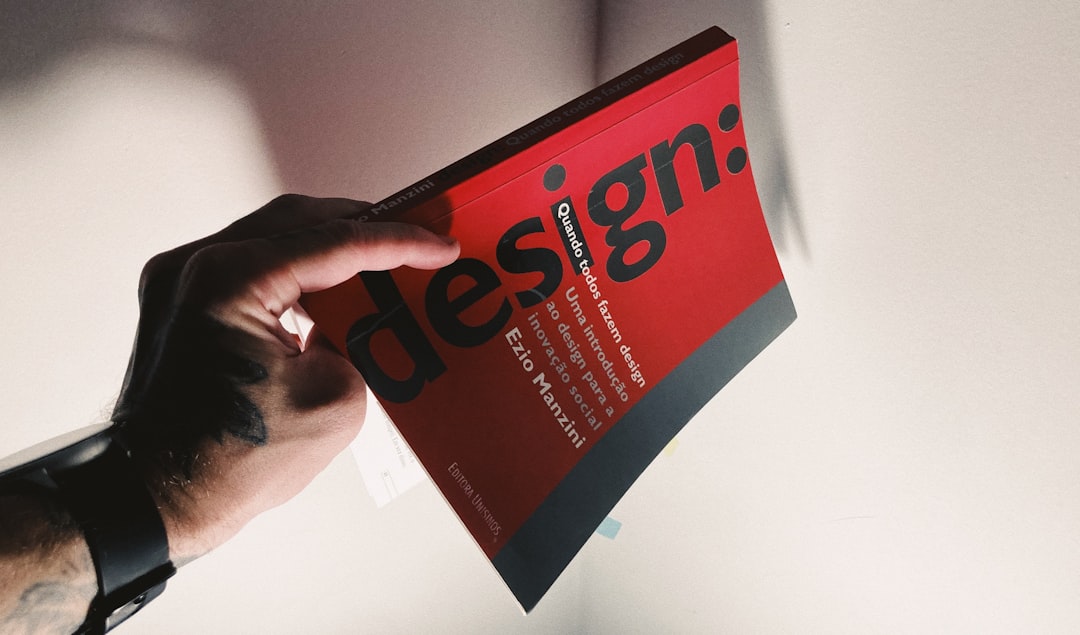In an increasingly digital world, printed materials like brochures remain a powerful marketing tool. When designed strategically, a brochure can do more than just inform—it can drive sales and help convert potential customers into paying clients. Whether it’s handed out in person, mailed directly, or displayed at your business, an effective brochure communicates value, builds trust, and encourages action.
So, how can you create a brochure that doesn’t just look good but also delivers results? Here’s a step-by-step guide to help you design a brochure that truly drives sales.
1. Understand Your Target Audience
Before you even begin designing your brochure, take the time to understand who you are talking to. Ask yourself:
- Who is my ideal customer?
- What are their needs and pain points?
- What would motivate them to buy?
Answering these questions helps you tailor the brochure’s content and design to resonate with your audience, increasing the chances of conversion.
2. Focus on Benefits, Not Just Features
Too often, brochures are filled with product specifications or company history. While that information may be helpful, it usually doesn’t sell. What sells are the benefits—how your product or service improves the customer’s life or solves their problem.
Instead of saying: “We offer 24/7 customer support,” say: “Get help when you need it most—any time, day or night.”
Transform every feature into a clear, measurable benefit. This perspective helps connect with customers on a practical and emotional level.

3. Use a Clear, Compelling Headline
Your headline is the first thing a reader will see. Make it count. It should be straightforward, benefit-driven, and tailored to what your audience cares about. For example:
- “Boost Your Productivity with Our Smart Office Solutions”
- “Save Time and Money with Our All-in-One Service Package”
A strong headline grabs attention and encourages the reader to explore further.
4. Prioritize Visual Hierarchy and Layout
The way information is presented in your brochure has a big impact on readability and flow. Use a visual hierarchy to guide the reader’s eye through the layout naturally. Here’s how:
- Headings and subheadings: Make them bold and slightly larger.
- Bullet points: Break down complex information for easy scanning.
- White space: Don’t overcrowd the page; clean designs evoke professionalism.

5. Include Strong Calls-to-Action (CTAs)
Even the most beautifully designed brochure won’t drive sales if it doesn’t clearly tell the reader what to do next. Include CTAs that are:
- Action-oriented: Use verbs like “Call,” “Start,” “Book,” or “Subscribe.”
- Time-sensitive: Create urgency with phrases like “Limited Time Offer.”
- Placed strategically: Feature your CTA prominently on the front, middle, and back page.
Examples include:
- “Call today to schedule your free consultation”
- “Visit us at www.yourcompany.com and claim your 10% discount”
6. Leverage High-Quality Design and Printing
A cheap-looking brochure may actually harm your brand more than help it. Invest in professional design and high-resolution images. Use quality paper stock and consistent branding elements such as logos, colors, and fonts. A cohesive and polished look communicates trustworthiness and professionalism.
7. Include Social Proof
People trust the opinions of others. Use testimonials, client logos, awards, and certifications to add social proof. This can significantly boost credibility and influence the buying decision.
Example:
“Since switching to XYZ Solutions, our productivity has doubled. We couldn’t be happier!” – Sarah L., Operations Manager
8. Test and Optimize
Like any marketing material, brochures should be tested and refined. Distribute different versions and track responses when possible. You may find that one headline performs better than another, or that a specific CTA yields more leads. Optimization leads to better outcomes and higher ROI.
Conclusion
Creating a sales-driving brochure requires more than just good design—it demands a strategic approach that aligns with your audience’s needs and encourages action. By focusing on clear messaging, compelling benefits, thoughtful design, and strong calls-to-action, your brochure becomes a silent but persuasive salesperson.

Done right, a well-crafted brochure builds trust, attracts attention, and ultimately drives conversions. It’s a tool every serious business should use wisely.
